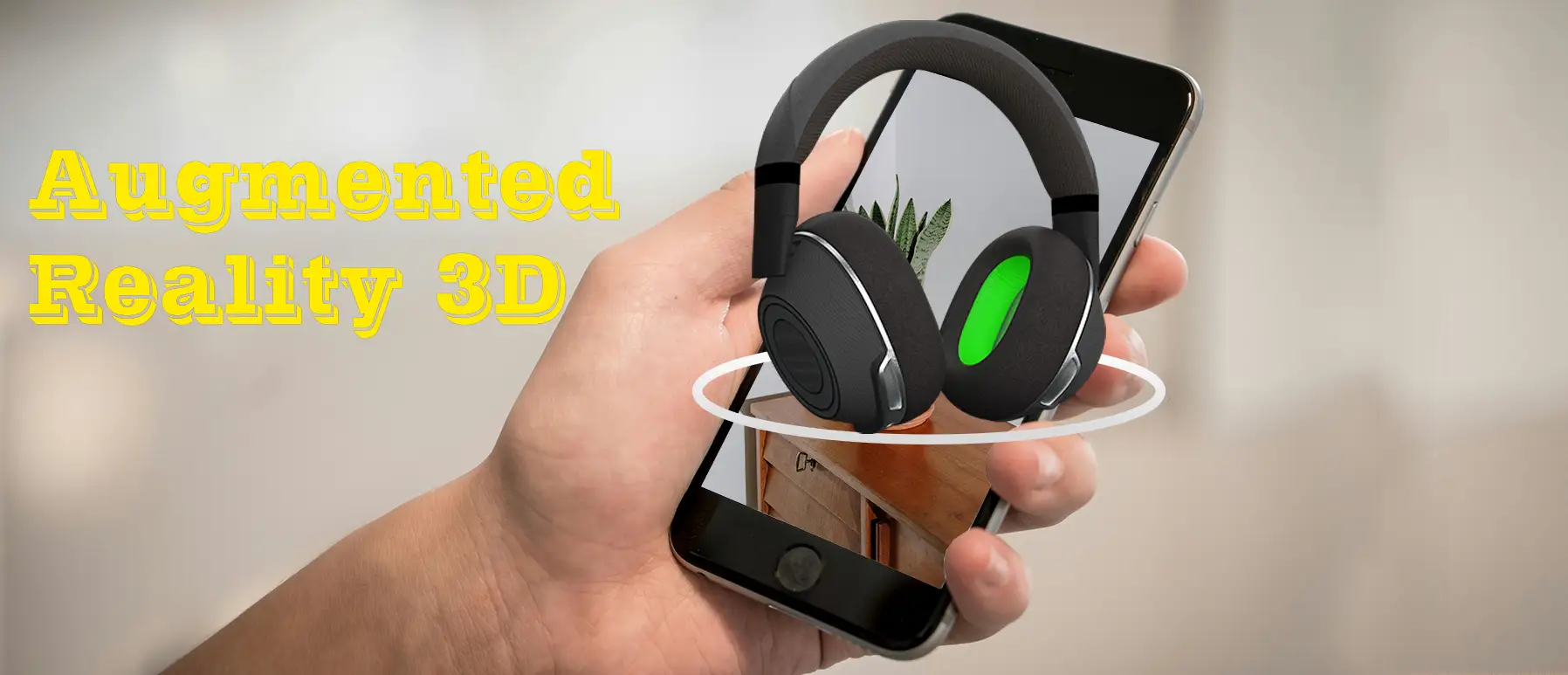Geoshot...
- Home
- / Our Blogs
Our Blogs

The Fusion of 3D Modeling Augmented Reality: Transforming Industries and Redefining Creativity
The world of 3D capabilities is already breaking records, and enthusiasts are looking for even more exciting experiences. But there's more to AR than just entertainment. AR uses 3D to create immersive content that goes beyond fun and gaming. Today, AR has become a powerful business tool, revolutionizing a variety of industries including retail, business, gaming, healthcare, and even the military. To stay at the forefront, it's important to explore innovative technologies and understand the direction of the industry.
Dive into the fascinating world of the Augmented Reality Models before you start your next project. But before you do, know that GeoShot Technology is the right 3D Modeling Augmented Reality partner for you to bring your vision to life. In this write-up, we will show you in which industries 3D with AR is used and what will happen in the future. Ready to dive in? Let's talk about everything you need to know.
3D Modeling Concepts
The process of creating 3D models requires the use of special software to digitally represent objects and scenes. It involves several important steps, starting with conceptualization, where ideas and concepts are developed. Modelers then use Augmented Reality 3D Model software, such as Blender, to manipulate the digital polygons to construct virtual objects or scenes. Then apply textures to add realistic visual details and use lighting to create the lighting and atmosphere you want. Once the model is complete, rendering generates the final image or animation by calculating light interactions and material properties. Post-processing can be applied to make additional improvements. The resulting 3D model serves multiple purposes and can be used for visualization, animation, simulation, and 3D printing. This versatility makes it an invaluable tool for artists, designers, and engineers. This allows you to effectively communicate and implement ideas in a digital environment.
Integrating AR into 3D Modeling
The integration of 3D artificial intelligence and AR technology opens up even more possibilities. This combination enables complex models and scenes to be represented in immersive mixed reality, pushing the boundaries of possibility and improving the overall user experience. Additionally, AR is changing architectural visualization. These technologies are revolutionizing the way 3D designs are manipulated and visualized in architecture.
AR Rendering with 3D Models in Various Industries
- AR rendering with 3D models is revolutionizing many industries.
- Games and Entertainment provide immersive experiences and realistic environments.
- Architects and real estate professionals use AR to present their designs.
- In the medical field, AR is useful for surgical planning and medical training.
- Educational institutions will benefit from interactive learning experiences, and retail businesses will integrate AR for virtual try-ons.
- The manufacturing and Engineering department uses AR for design, prototyping, and process optimization.
- Additionally, tourism and hospitality industries are using these technologies for virtual tours.
AR in Architecture
Changer Architecture professionals are using 3D Modeling Augmented Reality (AR) technology as an essential tool in the design process. Augmented Reality Models are very important for developers, allowing them to convert 2D plans into accurate 3D representations.
Games
Augmented Reality 3D Modeling superimposes computer-generated images into the real world. Developing assets for AR games requires optimization to ensure smooth performance. 3D models are an integral part of the AR experience, creating a digital twin of the real world.
Combining AR and Machine Learning
- AI supports facial recognition and spatial recognition software in AR.
- AI and AR solutions work together to provide innovative solutions.
- The app uses AI to digitize real-world objects and use them in virtual environments.
- AR and AI can be combined for automated design, as seen in apps like SketchAR.
- AI has the potential to design and create real-world structures based on the source environment.
Conclusion
The convergence of 3D Modeling Augmented Reality (AR) has fundamentally changed the way we interact with and perceive digital designs. These fascinating technologies have given designers, architects, and artists new opportunities to bring their imaginative works to life. AR provides an enhanced, interactive user experience by overlaying virtual objects in the real world. Additionally, the use of render farms further increases the quality and realism of these virtual models, allowing for a faster and more efficient rendering process. As AR becomes more accessible and sophisticated, the future of 3D modeling holds endless possibilities for innovation and creativity.
Warning: include(side-blogs.php): Failed to open stream: No such file or directory in /home/dpj4klqxgf6s/public_html/augmented-reality-in-3d-modeling.php on line 130
Warning: include(): Failed opening 'side-blogs.php' for inclusion (include_path='.:/opt/alt/php81/usr/share/pear:/opt/alt/php81/usr/share/php:/usr/share/pear:/usr/share/php') in /home/dpj4klqxgf6s/public_html/augmented-reality-in-3d-modeling.php on line 130

